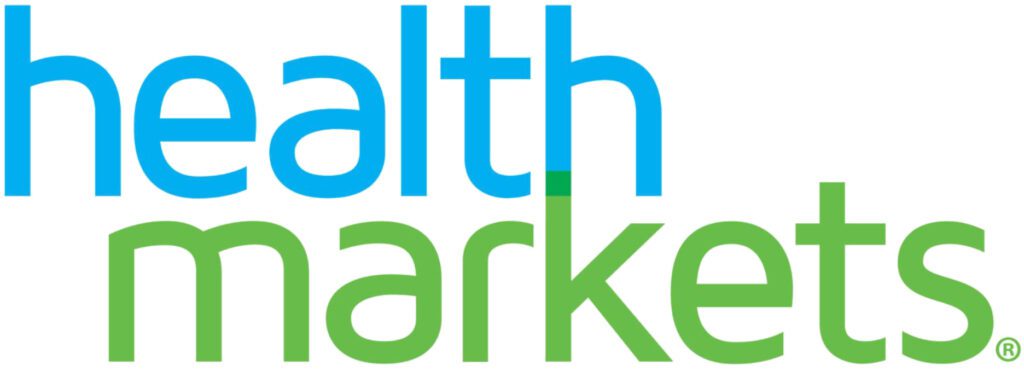- Medicare is removing the Donut Hole and capping annual prescription drug costs at $2,100 starting in 2026.
- Insulin costs stay capped at $35 per month, vaccines remain free, and more people now qualify for full Extra Help.
- Beneficiaries can choose to spread out drug payments monthly and should review their plan each year to match their changing needs.
For years, the phrase “Medicare Part D Donut Hole” struck fear into the hearts of beneficiaries across the country. It was the moment drug costs suddenly spiked, creating financial uncertainty and forcing many to choose between essential prescriptions and other necessities.
The good news? The so-called Donut Hole, or Coverage Gap, is officially a relic of the past. Thanks to landmark changes in the Medicare program, beneficiaries can look forward to a simpler, more predictable Part D experience starting in 2026. This overhaul provides a level of financial protection that has never been available before.
Understanding these changes is essential as you review your plan options this year.
A Look at the Old Part D Structure
To truly appreciate the new benefit, it helps to recall the complex system it replaced. Since Medicare Part D was introduced in 2006, the standard coverage was divided into four distinct phases, creating a roller coaster of costs:
- The Deductible Phase: You paid 100% of your drug costs until you met your plan’s annual deductible.
- The Initial Coverage Phase: Once the deductible was met, your plan paid a portion, and you paid a small copayment or coinsurance (usually 25%). This was the period of relative stability.
- The Coverage Gap (The “Donut Hole”): This was the infamous phase. It started when the total cost of your drugs (what you and the plan paid combined) reached a certain dollar amount (for example, $5,030 in 2024). Once here, you were responsible for paying 25% of the cost for most brand-name and generic drugs until you spent enough to exit the gap. For people with expensive maintenance drugs, this phase could be financially devastating.
- Catastrophic Coverage: You finally exited the Donut Hole when your personal out-of-pocket (OOP) spending (known as True Out-of-Pocket or TrOOP) reached a high threshold (e.g., $8,000 in 2024). Before 2024, you were still responsible for a 5% coinsurance on all drug costs indefinitely, meaning you never truly stopped paying.
However, thanks to a landmark change in the law, the 5% coinsurance requirement was completely eliminated starting in 2024. This means that for 2024, once you hit the $8,000 TrOOP limit, your cost for covered drugs dropped to $0 for the remainder of the year.
The old system was confusing and unpredictable. While the elimination of the 5% catastrophic coinsurance in 2024 was a major win, the current system simplifies the entire structure and drastically lowers the maximum personal spending limit.
The New Financial Shield: A Hard Cap on Spending
The most significant change to Medicare Part D is the introduction of a maximum annual out-of-pocket cap. For a Part D beneficiary, this change offers the ultimate financial certainty for prescription drug expenses.
- The End of the Coverage Gap: The Coverage Gap phase is completely eliminated.
- The Catastrophic Phase Elimination: The old Catastrophic phase, which required you to continue paying 5% of drug costs, is also eliminated.
For 2026, the out-of-pocket spending limit is set at $2,100. This means:
-
- Financial Protection: Once the amount you’ve personally paid for your covered prescription drugs reaches $2,100, you will owe $0 for all covered Part D medications for the rest of the calendar year.
- Simpler Structure: The benefit effectively streamlines into three simple phases:
- Deductible: You pay 100% until you meet the plan’s deductible (up to $615 maximum in 2026).
- Initial Coverage: You pay your plan’s copays or coinsurance (often 25%) until your total OOP hits $2,100.
- Catastrophic Coverage: You pay nothing for the rest of the year.
This hard cap provides an immense safety net, ensuring that people with high-cost conditions like cancer, multiple sclerosis, or complex autoimmune disorders can manage their budgets with confidence, knowing their yearly prescription costs will not exceed $2,100.
Additional Cost-Saving Measures
Beyond the out-of-pocket cap, several other provisions offer meaningful relief for beneficiaries, many of which are already in effect:
Insulin and Vaccines
Since 2023, cost-sharing for insulin has been capped. For 2026, this continues to be a major advantage:
- Insulin Cap: Your cost for a one-month supply of covered insulin will be capped at $35, no matter what phase of coverage you are in.
- Free Vaccines: All adult vaccines recommended by the Advisory Committee on Immunization Practices (ACIP), such as the shingles shot, are covered at no cost to the patient under Medicare Part D.
Expanded “Extra Help” (Low-Income Subsidy)
The program that helps people with limited incomes pay for Part D premiums, deductibles, and copayments has been significantly expanded. As of 2024, more people with incomes up to 150% of the Federal Poverty Level (FPL) now qualify for the full Low-Income Subsidy (LIS), often referred to as “Extra Help.”
This means more beneficiaries can benefit from greatly reduced or eliminated premiums and deductibles, with maximum copays of just a few dollars for each prescription. This expansion opens the door to full financial assistance for many who previously only qualified for partial aid.
The Medicare Prescription Payment Plan (MPPP)

Starting in 2025, a new option allows Part D enrollees to manage their prescription costs more easily. If you expect to have high drug expenses, the MPPP lets you split your out-of-pocket costs (including the deductible and cost-sharing) into predictable, interest-free monthly payments over the calendar year. This voluntary program helps prevent large, unexpected bills at the pharmacy, offering a new tool for budgeting healthcare expenses.
The New Role of Drug Price Negotiation
While not directly changing the plan phases, a parallel program is designed to lower the overall costs of select high-cost medications. Starting in 2026, the federal government is negotiating the prices of certain high-expenditure drugs covered under Part D.
The first 10 negotiated prices, including for drugs that treat blood clots, heart failure, and diabetes, will go into effect in 2026. This negotiation is projected to result in lower drug costs for millions of enrollees and reduce overall Medicare spending. Over time, as more drugs are subject to negotiation, the hope is that this will lead to lower baseline costs across the entire Part D program.
Don’t Forget to Review Your Plan!
The elimination of the Donut Hole is a monumental victory for Medicare beneficiaries, providing a clear path to financial security for prescription drug costs. However, new rules and benefits do not eliminate the need for an annual review.
- Formularies Change: Your plan’s list of covered drugs (formulary) can change every year.
- Costs Adjust: Premiums, deductibles (the 2026 maximum is $615), and copayments for individual drugs can vary greatly from plan to plan.
- Your Needs Evolve: You may have started a new medication this year, making a different plan a better fit for 2026.
Even with the new $2,100 cap, choosing a plan with the most favorable deductible and copays for your specific medications is critical to minimizing your up-front costs.
At HealthMarkets Insurance – Eric Zawicki, we help you compare Medicare plans, review drug coverage, and understand how these changes affect you. Whether you’re enrolling for the first time or reviewing your plan for next year, we’re here to make the process simpler. Reach out to us today to learn more.


